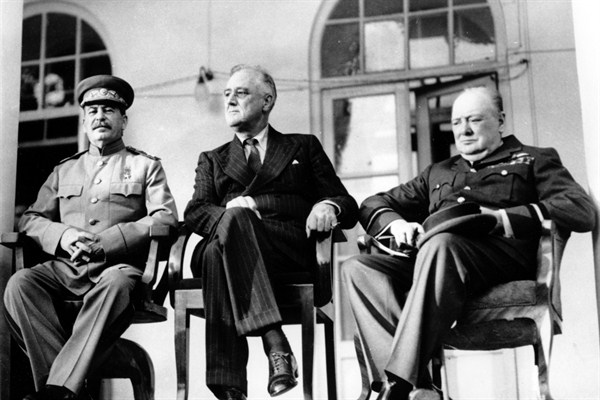In the latest issue of Foreign Affairs, Mira Rapp-Hooper and Rebecca Friedman Lissner make a compelling case for a more restrained U.S. foreign policy. The United States, they write, should abandon messianic liberal internationalism for the more realistic goal of an open world. Such a prudent policy has a lot to recommend it. It would also take America back to the future—to the grand strategy that President Franklin D. Roosevelt endorsed during World War II.
As I argued in my 2009 book “The Best Laid Plans: The Origins of American Multilateralism and the Dawn of the Cold War,” it was “the quest for an open world” that animated FDR in the years after Pearl Harbor. At his direction, American wartime planners laid blueprints for a postwar international system based on collective security, economic multilateralism and political self-determination. This open world vision explicitly rejected the isolationism, protectionism and nativism that had dominated the interwar years, contributing to the Great Depression and World War II. It was the antithesis of the “America First” concept that isolationists embraced—and which Donald J. Trump has recycled today.
From the moment the United States entered World War II, FDR and his senior officials assumed that the country would emerge from it not only victorious, but with unparalleled capacity to shape the contours of the postwar order. They were determined above all to avoid the errors of the previous generation, which, as then-Undersecretary of State Sumner Welles explained, had “won the war but failed to win the peace.” Instead of accepting global leadership after World War I, America had rejected the League of Nations and retreated to the sidelines. A fragmented world descended into history’s worst economic crisis and ultimately spiraled into a second global conflagration.

